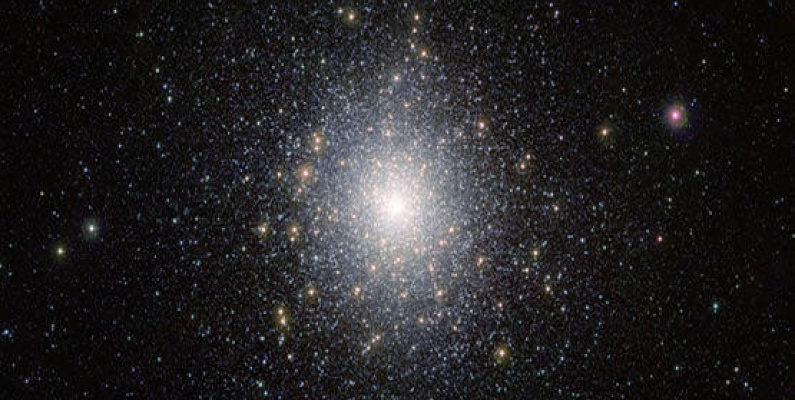
Welcome to the Sky Guide, your monthly guide to what's happening in the heavens!
Check out the printable version here: the-sky-tonight-july.pdf
|
MOON MARAMA PHASES: |
SUN RĀ RISE / SUNSET |
|||
|
Phase
New Moon 1st Quarter Full Moon 3rd Quarter |
Date
Wednesday 3 Tuesday 9 Wednesday 17 Thursday 25 |
Monday 1 Monday 15 Wednesday 31 |
Rise
8.20am 8.14am 7.59am |
Set
5.03pm 5.13pm 5.29pm |
|
Planets Whetū Ao: |
|
|
|
Jupiter Hine-i-tīweka 1 July 15 July 31 July
|
Saturn Pareārau 1 July 15 July 31 July
|
|
|
In Ophiuchus |
In Sagittarius |
JULY HŪRAE HIGHLIGHTS
Southern Birds
Most constellations visible in the northern sky in Dunedin were named by the Greeks and Romans about two thousand years ago. These constellations are predominantly tied to myths and legends that explained how the stars were put in the sky. The constellations in the southern sky, however, are not visible in the northern hemisphere and so were not seen by Europeans until the 15th and 16th centuries. These constellations were given more practical names related to the journeys of the explorers, rather than being based on any mythological stories.
In the late 1500s, the Dutch embarked on many trade voyages around Africa and the East Indies. Navigation on these trips proved to be quite difficult, as there were no accurate maps of the southern skies. Petrus Plancius was a mapmaker who commissioned a pilot, Pieter Keyser, to record the position of the stars in the southern skies. Plancius used this information to make constellations that explorers may welcome, often naming them after the exotic things they would see on their journeys.
Phoenix, Apus, Pavo, and Tucana are four of Plancius’ constellations that are named after birds and are all visible year round. Phoenix, one of the few southern constellations related to a myth, will be low on the horizon just east of due south. Apus, the bird of paradise, is due south, below the bright pointer stars alpha and beta centauri. Pavo, the peacock, is directly east of Apus. And Tucana, the Toucan, is directly between Pavo and Phoenix.
47 Tucanae
Pictured on the cover, 47 Tucanae is a globular cluster in the constellation Tucana. Tucana is only visible in the southern hemisphere, so it wasn’t given a European name until the late 16th century. Petrus Plancius named it after the Toucan birds he had seen while traveling through South America. It is the second brightest globular cluster in our sky (after Omega Centauri) making it visible to the naked eye. When viewed with a telescope, about 10 thousand stars within this cluster are visible, though there are millions of stars in 47 Tucanae all together. To find 47 Tucanae, find the Small Magellanic Cloud (SMC), which will be near the southern horizon and looks like a small faint cloud in the sky (though it is actually a galaxy!). Look just east of the SMC for a slightly fuzzy looking star, this is 47 Tucanae.
Moon Landing Anniversary
The 20th of July this year marks fifty years since humans first walked on the moon. The Apollo 11 mission was manned by three astronauts: Neil Armstrong, Buzz Aldrin, and Michael Collins. They flew for four days after launch before reaching the moon’s orbit. Neil Armstrong and Buzz Aldrin piloted the lunar module to the surface of the moon and collected 47.5kg of lunar material before returning to the command module and heading home. What’s truly amazing is that this was accomplished with a computer the size of a car, with less processing power than today’s pocket calculators.
We are always looking at the same side of the moon because it takes the moon the same amount of time to rotate on its axis as it does to orbit around the Earth (27.3 days). However, light from the sun varies throughout this cycle. The Apollo 11 lunar module landed in the Sea of Tranquility, an ancient pool of solidified lava decorating the moon’s surface. To find the Sea of Tranquility, where Apollo 11 landed, look at the illuminated, eastern side of the moon between 10 and 25 June, you will see two dark areas that are touching slightly, almost like the segments on a snowman. The upper one is the Sea of Tranquility.
Top Image: The Globular Star Custer 47 Tucanae by ESO’s VISTA. Public Domain Mark.
